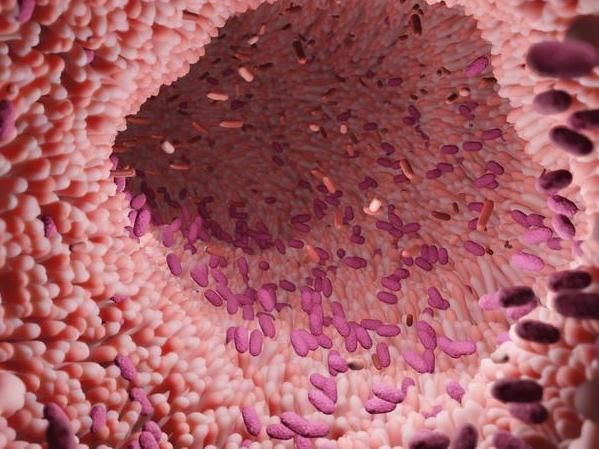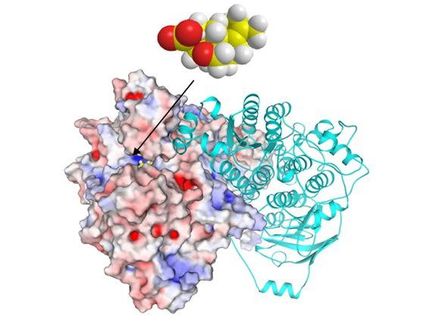A cost-effective way to produce ‘green’ bioherbicide
Here’s some good news for conventional and organic farmers alike: Researchers at theUniversity of Florida College of Pharmacy have discovered a way to cost-effectively produce the bioherbicide thaxtomins. This means organic farmers can use the natural chemicals to ward off weeds and conventional farmers can use them on weeds that grow resistant to traditional, synthetic herbicides.

stevepb; pixabay.com; CC0
Thaxtomins are phytotoxins that are potent in small quantities, but they are no new discovery. Rosemary Loria, Ph.D., a professor and chair of plant pathology in UF’s Institute of Food and Agricultural Sciences, has studied them throughout her career. More recently, she collaborated with Yousong Ding, Ph.D., an assistant professor of medicinal chemistry in the UF College of Pharmacy, part of UF Health, to discover a way to harvest thaxtomins more efficiently.
“We have known for some time that thaxtomins have the potential to be a ‘green’ herbicide with wide applicability in agriculture. Unfortunately, low production in the native species created an economic barrier to commercialization,” Loria said. “Ding’s research has demonstrated that thaxtomin production can be increased by opitmizing the biosynthetic pathway in another non-native strain.”
The phytotoxin is found in nature in the form of potato scabs, a common disease that forms circular lesions on a potato’s surface. The disease causes a 4 percent loss in the potato industry’s value. It’s potato farmers’ bane, but it’s key to producing environmentally friendly weed killer for rice, wheat and cotton farmers.
The thaxtomins found in potato scabs are produced by a pathogenic, or disease-causing, strain of Streptomyces. In the lab, this strain does not produce a sufficient amount of thaxtomins to be cost-effective.
Ding successfully transferred the cluster of genes responsible for biosynthesis of thaxtomins into a nonpathogenic-Streptomyces strain, which allows greater control over production as well as a greater yield. Ding’s lab has succeeded in producing 20 times the amount of thaxtomins than the previous model: .2 grams per liter of Streptomyces culture versus .01 grams per liter.
Synthetic herbicides affect more than just weeds. Irrigation can send the chemicals downstream, where they are toxic to aquatic plant and animal life. They also can get into the body and affect human development.
“Through this study, we really wanted to produce a cost-effective, environmentally friendly herbicide that can be used not only by organic farmers, but that everyone can use,” Ding said.
Thaxtomins as a bioherbicide are preferable over synthetic chemicals because they’re highly potent in small amounts and nature already has a way of disposing them, Ding said.
UF researchers are in the process of licensing the new production method so it can be used commercially.
Most read news
Organizations
Other news from the department science

Get the life science industry in your inbox
By submitting this form you agree that LUMITOS AG will send you the newsletter(s) selected above by email. Your data will not be passed on to third parties. Your data will be stored and processed in accordance with our data protection regulations. LUMITOS may contact you by email for the purpose of advertising or market and opinion surveys. You can revoke your consent at any time without giving reasons to LUMITOS AG, Ernst-Augustin-Str. 2, 12489 Berlin, Germany or by e-mail at revoke@lumitos.com with effect for the future. In addition, each email contains a link to unsubscribe from the corresponding newsletter.
Most read news
More news from our other portals
Last viewed contents
BASF to concentrate plant biotechnology activities on main markets in North and South America - BASF Plant Science headquarters to move to Raleigh, North Carolina
Bayer CropScience appoints Lykele van der Broek Chief Operating Officer
Trenzyme receives approval for biosafety level 2 (BSL-2)

A low-calorie diet alters the gut microbiome and delays immune aging
Hand,_foot_and_mouth_disease
ITI Life Sciences signs commercialisation licence agreements with Edinburgh Instruments and Almac Sciences (Scotland) Ltd
Novozymes prevails in patent trial against Danisco























































